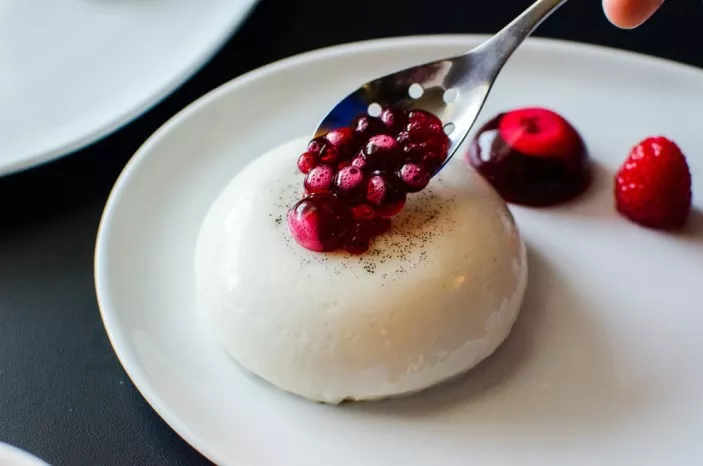Cake is a delightful, festive treat that comes in many forms and flavors and has been the centerpiece of joyful occasions for centuries. However, the way we cut the cake is often overlooked. In this article, we’ll delve into the art of cake cutting and explore the nuances and traditions that can enhance your cake-cutting experience. From choosing the right tools to understanding the science behind cutting the cake, there’s more to this sweet ritual than meets the eye.
Choosing the right knife: a must-have for cutting cakes
The keyword “cake” takes center stage in the first important step: choosing the right knife. The type of knife you use can significantly affect how your cake slices turn out. Choose a long serrated knife, often called a cake knife or bread knife. The serrated edge cuts smoothly through layers without excessive chips. This option ensures clean and precise cuts every time, maintaining the cake’s visual appeal while promoting an effortless cutting process.
Room temperature is important: let the cake rest before cutting
Cutting a cake requires more than just tools; It’s also about timing. While it may be tempting to eat freshly baked cake, letting it sit for about an hour after baking ensures a stable crumb structure. The short waiting time helps achieve cleaner slices, prevents the cake from overly breaking, and provides a more visually appealing appearance.
The Art of Leveling: Creating a Stable Foundation
Before you start actually cutting the cake, you have to smooth out the cake layers. Use a long serrated knife to smooth the top of each cake layer to create a flat surface. Not only does this enhance the structural integrity of the cake, but it also provides a flat canvas for frosting and decorations. A flat cake is key to even slices and beautiful results.
The hinge method: the expert technique for perfect slicing
Now that we have the right tools and a flat cake, let’s delve into the actual cutting technique. The hinge method is a specialist technique that ensures even slicing and a stunning cake appearance. To perform the hinge method, make a small, shallow slit in the cake where you will cut the first slice. This initial cut serves as a guide and prevents the layers from sliding apart when making the full cut. The hinge method works especially well with layered cakes, providing a polished surface to each slice.
Trigonometry: delivering perfect work
To get the perfect slice of cake, you need to use a clever technique called the triangle method. Consider cutting triangular slices instead of traditional rectangular slices. Start by cutting diagonally from the center of the cake to the outer edges to form a triangle. Repeat this process on the other side and continue alternating until the entire cake is sliced. Not only do the triangular slices look elegant, but each portion of cake, frosting and filling is evenly mixed, ensuring a pleasant experience for every guest.
Flossing: A Surprising Secret Weapon
For cakes with a particularly soft or gooey texture, getting clean slices can be challenging. This is where dental floss comes in as a surprising secret weapon. Wrap the floss around the cake and pull it through to achieve a smooth cut. This technique minimizes the risk of pulling or tearing delicate cakes, ensuring even the most intricate creations retain their visual appeal. Keep a roll of unscented dental floss in your kitchen tool box just in case you need it.
Preservation: intelligent storage after cutting
Smart storage after the cake cutting celebration is over. To preserve the freshness of remaining cake, cover the cut edges with plastic wrap or wax paper. This helps prevent the cake from drying out and maintains its moist texture. For added protection, place toothpicks along the cut edges before wrapping; the toothpicks act as a barrier to prevent the wrapper from sticking to the cake. Storing your cake correctly ensures that every subsequent slice is as delicious as the first.
Conclusion
In conclusion, the art of cake cutting is more than the simple act of slicing layer by layer. We need to know the essentials of choosing the right knife, keeping the cake steady, layering evenly, mastering hinges and triangles, flossing accurately, storing leftovers smartly, and more.





















